Everything you need to know about jewellery to make an informed decision
We understand that choosing a diamond engagement ring is a really big deal. To help make this decision easy, we have included all of the most important things to consider on this handy page. If you'd like even more information, book an appointment in-store.
Diamond Shape
Far more than simply what shape a rough diamond has been polished into, the shape is the most important determiner of a diamond’s brilliance and light dispersion.
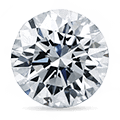
Round
Clean, classic, versatile and with more fire and brilliance than any other shape, it would be difficult to persuade anyone against this choice—as proven by the fact that it accounts for more than half of all diamonds sold today.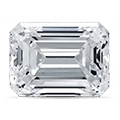
Emerald
Speaking volumes of vintage glamour and old world charm, and favoured by such style icons as Grace Kelly and Jackie O, the emerald cut was one of the first cuts to be used in jewellery design, and with its broad flat plane highlights the clarity and natural crystalline growth of a diamond to unparalleled measure.
Pear
Infamously given to Elizabeth Taylor by two-time-husband Richard Burton, the pear, or teardrop as it is sometimes called, is a unique and feminine shape with one rounded and one pointed end that makes for a delicate and stunning choice.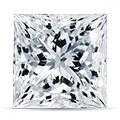
Princess
Much like the round brilliant, the Princess cut is a classic and elegant shape, although with its sharp corners boasts more of a contemporary edge. This shape is ideal way to capture the brilliance and simple elegance of the round and still be "à la mode".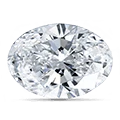
Oval
Somewhere in between the round brilliant and the pear shape, the oval cut is the perfect choice if you’re wishing to savour the sparkle of the round brilliant in a slightly rarer and more elongated form.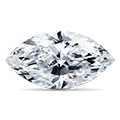
Marquise
Originally commissioned in 18th century Paris by King Louis XV to emulate the smile of his mistress the Marchioness Madame de Pompadour, the Marquise harkens back to the glory of the age d’or, and is also an ideal way to optimise carat weight and elongate the finger.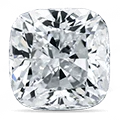
Cushion
As its name suggests, the cushion cut is a square or rectangular shape with rounded corners, resembling a pillow shape. One of the rarer and more unique choices, the cushion cut’s large facets allow for great light dispersion, giving birth to a much larger range of spectral colours and making for a highly scintillating stone.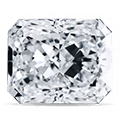
Radiant
A square- or rectangular-shaped hybrid cut that combines the brilliance and depth of the round, emerald and princess cuts, the radiant is the most brilliant of all the squared shapes making it both a beautiful and dramatic choice.
Asscher
Replete with timeless elegance and Art-Deco cool, the Asscher cut is a rectangular shape similar to the more well-known emerald cut, with prismatic brilliance, tremendous lustre and a fascinating optical illusion known as the "Hall of Mirrors" effect.Diamond Clarity
When diamonds are formed, imperfections in the crystal structure can form and mineral impurities become trapped inside the stone. The size of these impurities determine grading.
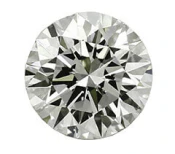
IF
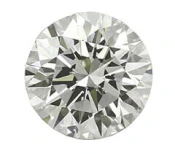
VVS1
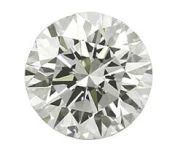
VVS2
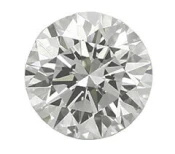
VS1
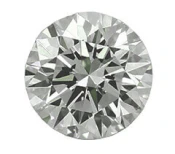
VS2
Eye-clean
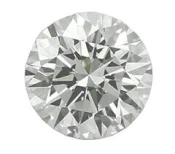
SI1
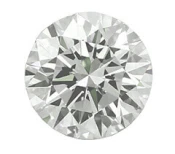
SI2
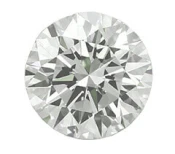
I1
Not eye-clean
Diamond Carat Weight
Instead of grams or kilos, diamonds are weighed in carats (not to be confused with gold’s karat which signifies purity). 1 carat = 0.2grams. The higher the carat weight, the larger the diamond.









Diamond Colour
Colour is a measurable grade given to an individual diamond to quantify how colourless it is along a diamond colour chart. Higher rated diamonds are as close to colourless as possible.
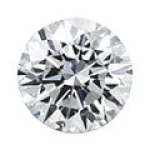
D
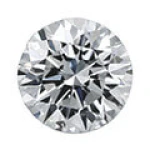
E
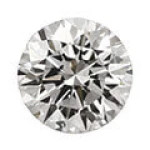
F
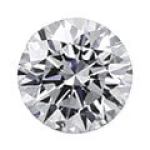
G
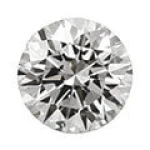
H
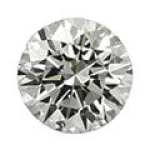
I
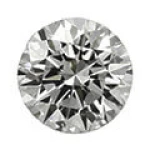
J
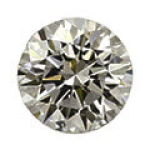
K
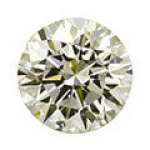
L
Alloy Composition & Metal Purity
Natural vs Lab Grown Diamonds
Lab-grown diamonds are created using small carbon seeds derived from existing diamonds. Two main methods are employed to produce these diamonds: High Pressure High Temperature (HPHT) and Chemical Vapor Deposition (CVD). These processes replicate aspects of natural diamond formation, resulting in high-quality stones indistinguishable from mined diamonds. Over six to ten weeks, a rough diamond is formed, which is then cut, polished, and incorporated into jewellery.
To the unaided eye, distinguishing between natural diamonds, HPHT lab-grown diamonds, and CVD lab-grown diamonds is impossible. Only trained professionals can spot subtle differences related to their growth conditions. Both types produce genuine diamonds with identical durability and quality, differing primarily in growth characteristics and production duration.
-
High Pressure, High Temperature
This technique replicates the natural environment where diamonds form deep within the Earth. A small diamond seed is placed in a chamber exposed to extreme temperatures exceeding 2,000°C and immense pressure of around 1.5 million pounds per square inch. Carbon atoms in the chamber bond to the seed, gradually forming a crystal structure that becomes a diamond.
-
Chemical Vapour Deposition
CVD diamonds are grown by placing a thin diamond seed into a vacuum chamber filled with a carbon-rich gas mixture, often methane and hydrogen. The gas is heated to break down its molecules, causing carbon atoms to deposit onto the seed. The diamond forms layer by layer until it reaches the desired size. Some CVD diamonds are treated with additional heat and pressure to enhance their properties after formation.
- Choosing a selection results in a full page refresh.






